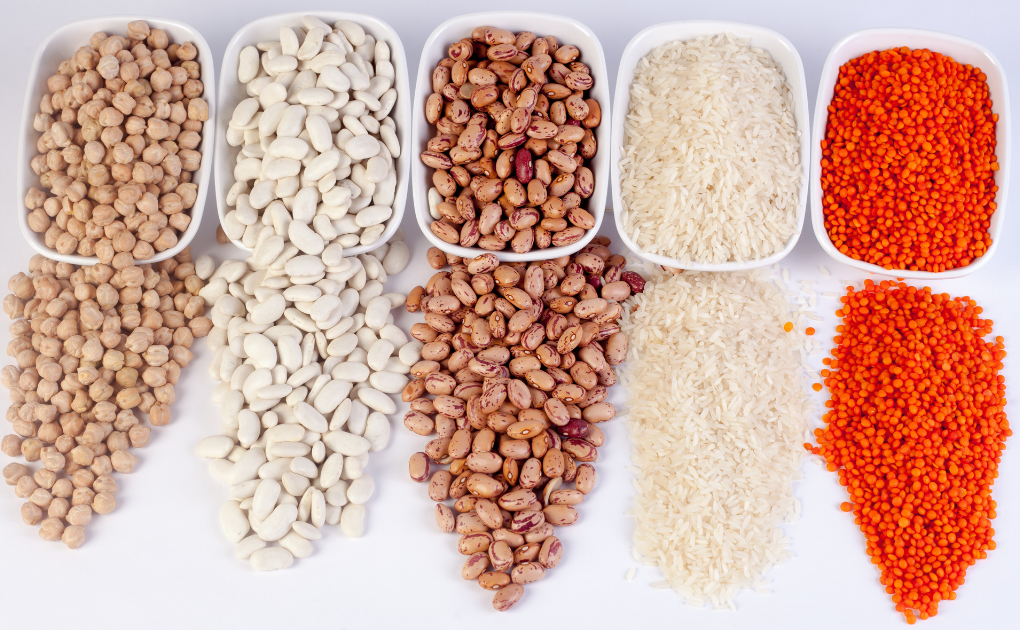This article will take 4 minute to read.
Pulses are great protein sources, but they can get pretty expensive—especially if you’re buying the most expensive ones in the world. There’s a lot of variety with pulses, making things even more interesting. Look at our list of some of the most expensive pulses out there and find out what makes each one so special (and pricey).

Beluga Lentils
Beluga lentils are small, black, and have a unique shape. Name derives from beluga caviar because they look like tiny black pearls. Beluga lentils are popular one of the most expensive purses in the world, and it’s easy to see why.
They grow in Russia, Turkey, Georgia, and Azerbaijan on small family farms using traditional methods that date back hundreds of years. You can’t buy them at your local supermarket—you’ll need to visit an upscale food shop or order online if you want some belugas on your plate!
Beluga lentils taste buttery with a hint of sweetness—they pair well with lighter meats like chicken or fish but also work well in richly flavored stews like lamb tagine or tagliatelle bolognese. They’re great for adding texture and flavor to salads too!
Kashmiri Pulses
Kashmiri pulses are a variety of lentils grown in the Kashmir region. They are also known as red lentils, and their name comes from the fact that they have a reddish-brown color when cooked.
Kashmiri pulses are very popular in India, where they’re often used to make dal (a type of stew). The high nutritional value of these pulses makes them popular for vegetarian diets—especially those that require vegan or low-fat foods.
These lentils have a sweet taste with an earthy flavor reminiscent of nuts or mushrooms.

Chana Dal and Chana
If you’re unfamiliar with pulses, lentils are one of the most common legumes. They come in wide varieties and can be found in various dishes. There is also an Indian dish called Dal Makhani. It also refers to cooked lentils (Dal) simmered overnight with butter, onions, spices, and cream.
Chana is a type of chickpea popular worldwide because it is high in protein and fiber while low in fat. It is also a substitute for meat or other protein sources because it has a similar texture when cooked properly.
Mung Beans
Mung beans are the most expensive pulse in India and China. They are green gram or green bean, also known as moong dal or green gram dal in India.
They are used to make various dishes in India, such as Mung Dal Curry. Also, Dry Mung Beans with Spinach and Coconut Milk Curry. 3-Ingredient Curried Mung Beans Soup With Lemon Juice, and more. People in China typically use to make stir-fried food like this Spicy Chinese Mashed Potato Noodles with Sichuan Peppercorns. Alongwith, vegetable recipe from Genius Kitchen!
In addition to being delicious, these little guys contain some pretty amazing health benefits, too: they’re high in protein (20 grams per serving), making them great for diets that cut down on meat intake!
Chickpeas
Chickpeas are a legume originating in India and you see it in Indian cuisine. They are also popular for garbanzo beans or Bengal gram and are high in protein and fiber. Chickpeas is a whole pulse, mashed into hummus, or added to soups—but did you know chickpeas can cost over $100 per pound?
The most expensive chickpea comes from the organic variety grown at Gogi Kola Farms in California’s Central Valley. The farm has been producing organic chickpeas for decades, but it wasn’t until 2011 that they began selling their product for a premium price. According to the farm’s website, their “Soleil” variety costs $120 per pound—more than double that of regular canned chickpeas!
Kala Chana
Kala Chana is a variety of chickpea and has been cultivated in India since ancient times. The name means “black chickpea,” which refers to its dark brown or black color. Kala Chana is high in protein, fiber, and minerals such as iron, calcium, and potassium. They also have a high nutritional value because they contain essential amino acids like lysine (which helps the body absorb calcium) and tryptophan (which helps the body produce serotonin).

Conclusion
The most expensive pulses on earth are a delicacy for those who can afford them. They are also quite nutritious and healthy, so if you can afford them, there’s no harm in trying one of these for yourself!
